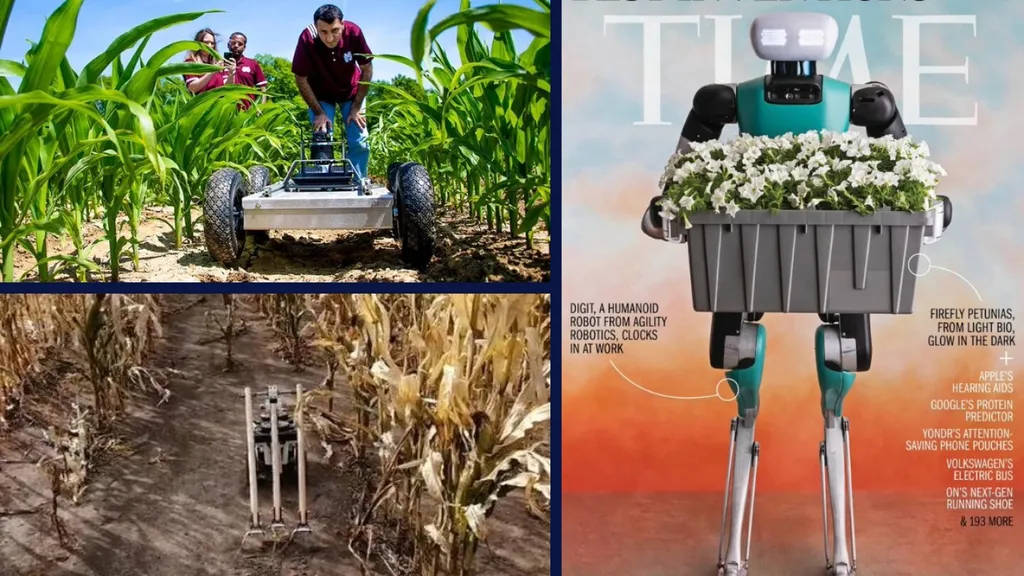When I talk to farmers about ag technology, I hear a lot of fear and confusion. Ag tech has come with a lot of promises—30% yield gains here, 40% savings there—and many farmers have felt that implementing technology can be a burden at times, costing too much without showing verifiable ROI. While ag technology may feel like a burden, I’m here to tell you why I think it could be the savior you need to get through this downturn and set up your farm for the future.
Before we get to that argument, you probably better get a hint of who the heck is behind this cloak of reality around technology in ag. Let’s start here: I’m a child of the ’80s farm crisis, a kid that grew up within the ’90s and early 2000s precision ag beginnings, a former farmer rerouted by family, and an adult knee deep into all ag tech progressions. Starting next year, I’ll be a “new” farmer, given another chance to farm with the full understanding of how all the pieces do and don’t fit. From building and selling ag tech software alongside my dad over the last 30 years to consulting, writing, and podcasting about ag tech, I’ve made a name for myself as the Meme Lord of AgTech. But my first encounter with farming came at a very young age — at home in Maddock, North Dakota. One could say it set the tone for how I still think through ag and the tech within it. The day I was born, the bank told my dad he couldn’t farm anymore. That was in November 1984. My parents went another 10 years after fighting through politicians, with the Farmers Union, and beyond until the bank came back again and forced him to sell his remaining durum too cheaply, sealing their fate.
Due to this and my dad’s stubborn Norwegian roots, in 1994 he figured he’d start something no one had done yet in agriculture — pioneering the use of satellite imagery through our family’s company Satshot. This path existed because the first dream didn’t: farming. You see, the early days of this technology was brought to farmers and ag businesses by people that saw and experienced that pain from the worst farm crisis we’ve seen. Whether they were like us who felt it directly or others that were tied to it in different realms, it was felt through the blood and tears of those times. That created a determination to deter that from happening again, to other farmers. This came in a wave of technology: yield monitors, farm management software, GPS guidance, auto steer, mapping, and a whole host of site-specific farming methods, tools, and sensors. This is what really started what we now call ag tech. This is a start I hope in trying to see technology in a different way. Not as a burden, but as the savior to help the farm as it was intended. Most farmers haven’t been told the realities of where ag tech started.
As we face another ag crisis, farmers have to adapt and do things they haven’t done before. All farmers throughout time have accepted using new methods of technology to keep them going to the next year. Maybe it was a steam engine, hybrid corn, a self-propelled combine, synthetic chemicals and fertilizer, or new GMO traits. Ag tech wants to help, but you have to be willing to adapt and use it. Those behind ag tech are not the ones to fear. The fear is losing the farm — not the technology that can potentially help save it. If used right, ag tech can be a tool to help you feel more confident in the toughest decisions you make every day and year. The savior in ag tech isn’t the people who make it, the software I and others have built, or the data it creates. It’s you — the farmer. The one that holds the key to the context that unlocks the power of it all and makes it work for you. Now, more than ever, in the growing risk that is farming, it is your turn to make a decision on how you want to continue playing the game in this growing digital age in ag.
In my next articles, I’ll share what I’ve seen and learned along the way with my colleagues in the ag tech space. I’ll also share how I personally plan to use technology as I get my second chance at farming next year.

